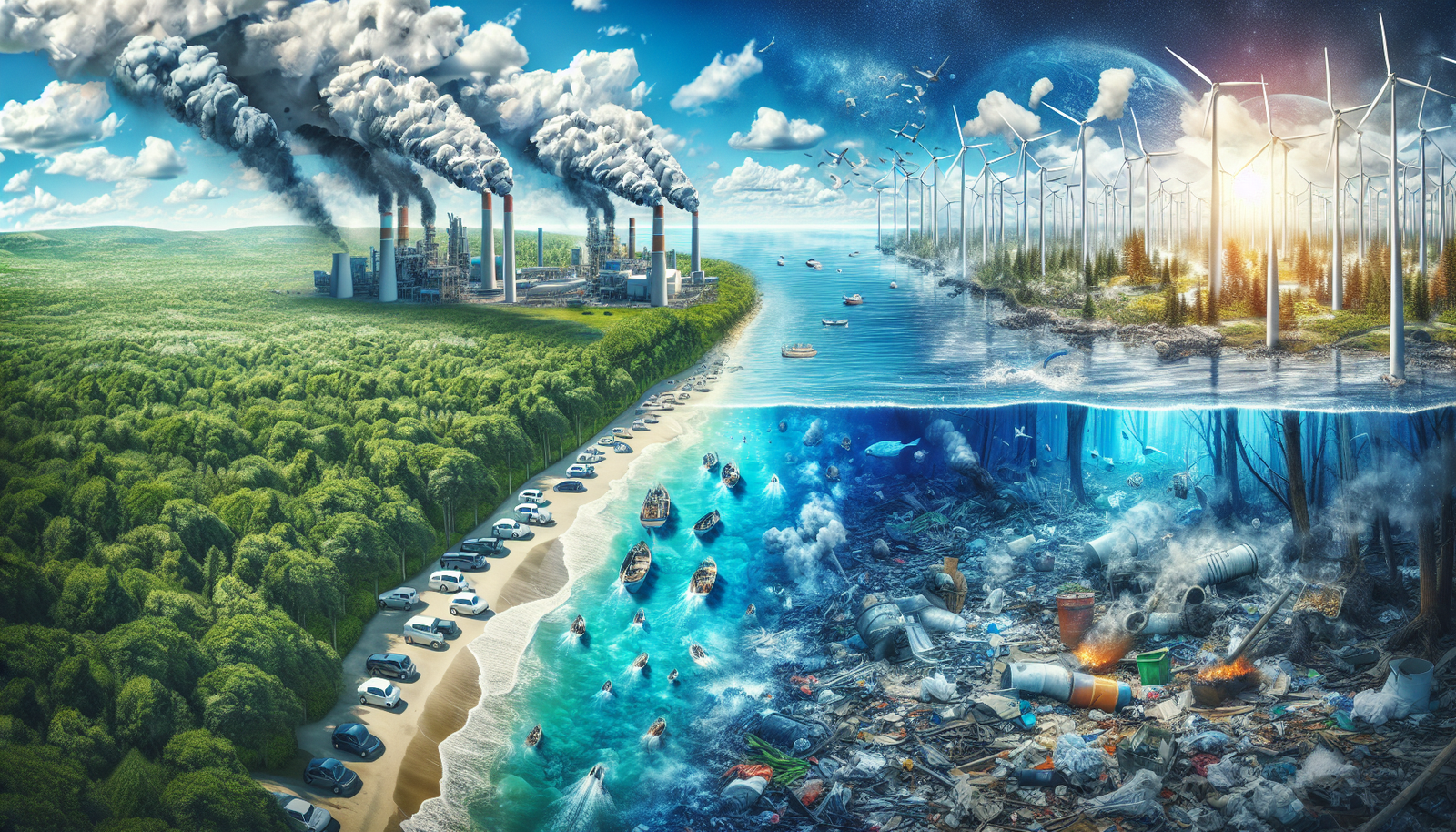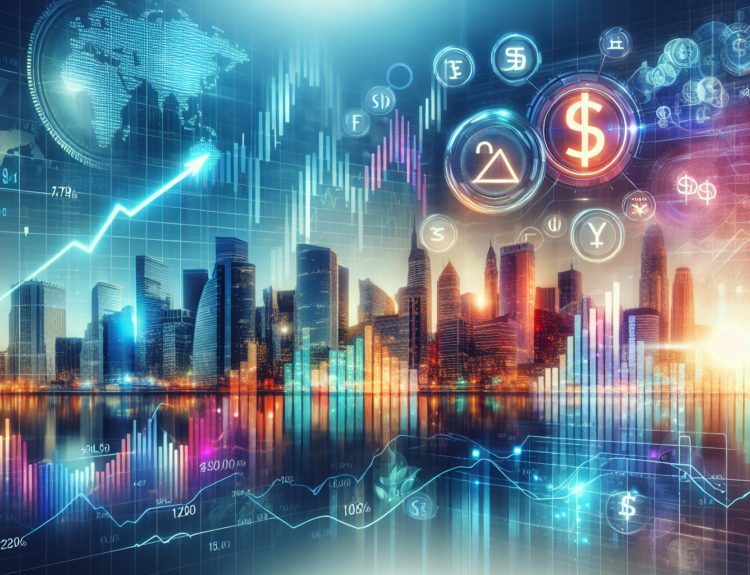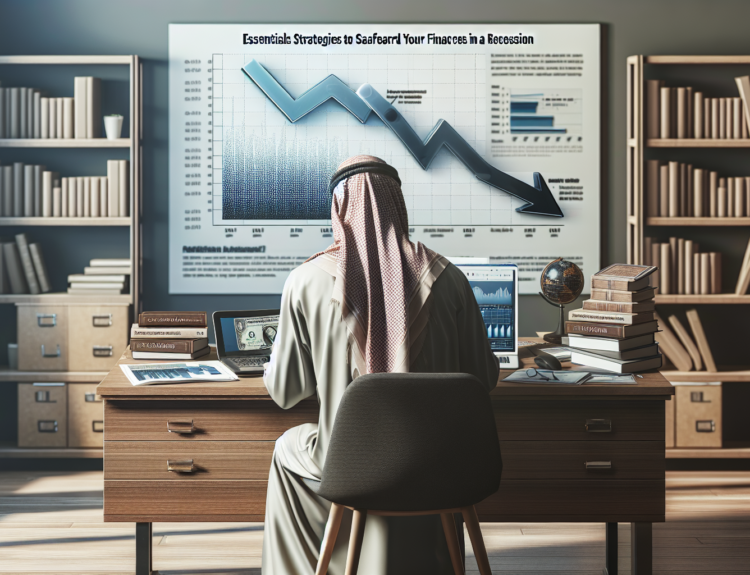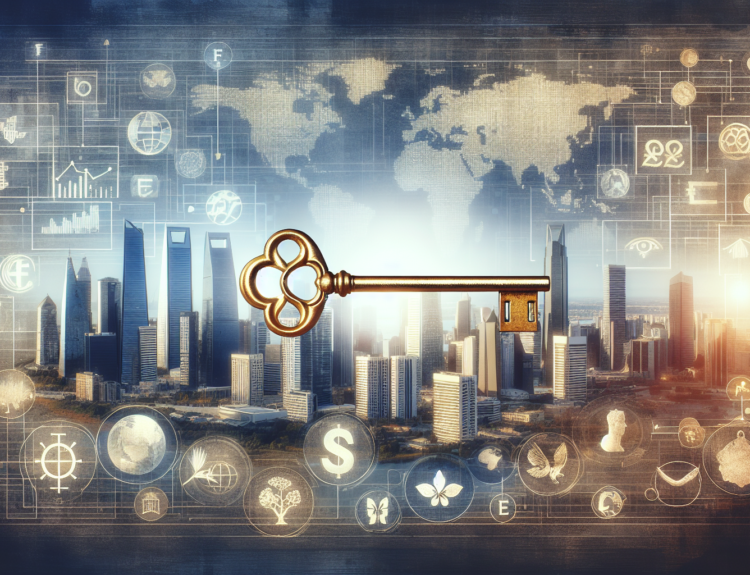Climate Crisis and Environmental Pollution: Understanding the Interconnectedness
The climate crisis is no longer a distant threat; it has become a reality that impacts every corner of our planet. Alongside it, environmental pollution has emerged as one of the greatest challenges of our time. Together, these issues pose significant risks not only to wildlife and ecosystems but also to human health and economic stability. In this blog post, we will explore the repercussions of climate change and pollution, highlighting the urgency of addressing these interconnected crises.
Understanding Climate Change
What is Climate Change?
Climate change refers to significant and lasting changes in the global climate patterns, primarily attributed to human activity, especially the burning of fossil fuels. According to the Intergovernmental Panel on Climate Change (IPCC), the Earth’s average surface temperature has increased by approximately 1.1 degrees Celsius since the late 19th century. This seemingly small rise holds vast implications, contributing to more frequent extreme weather events, rising sea levels, and changing ecosystems.
Causes of Climate Change
The primary drivers of climate change include:
- Greenhouse Gas Emissions: The burning of coal, oil, and natural gas releases carbon dioxide (CO2) and other greenhouse gases, leading to the greenhouse effect.
- Deforestation: Trees absorb CO2, and cutting them down exacerbates climate change.
- Industrial Agriculture: Agricultural practices contribute to methane and nitrous oxide emissions, potent greenhouse gases that significantly affect global warming.
The Role of Environmental Pollution
Types of Pollution Affecting the Environment
Environmental pollution manifests in various forms, and each type has detrimental effects on our ecosystem:
-
Air Pollution: Emissions from vehicles and industries release harmful particulate matter and gases into the atmosphere, leading to respiratory diseases and contributing to climate change.
-
Water Pollution: Contaminants from industrial runoff, plastic waste, and agricultural pesticides poison our water supply, harming aquatic life and posing health risks to humans.
-
Soil Pollution: Chemicals used in farming, such as pesticides and herbicides, degrade soil quality and biodiversity, impacting food production and ecosystem health.
The Interconnection Between Climate Change and Pollution
The synergy between climate change and environmental pollution cannot be overstated. For instance, rising temperatures intensify air pollution by increasing ground-level ozone formation. Similarly, water bodies affected by pollution can become hotspots of greenhouse gas emissions due to changes in microbial activity. A recent study published in the Journal of Environmental Science & Technology reveals that 40% of the world’s rivers are contaminated with pollutants that contribute to climate change.
Real-World Impacts: Case Studies
1. The Amazon Rainforest
The Amazon rainforest, often referred to as the "lungs of the Earth," is not just a vital carbon sink but also a hotspot for biodiversity. However, deforestation for agriculture and logging has led to an alarming increase in greenhouse gas emissions. If current deforestation rates continue, the Amazon could become a net source of carbon emissions within the next few decades.
2. The Great Barrier Reef
Rising sea temperatures and ocean acidification caused by climate change have led to widespread coral bleaching in the Great Barrier Reef. In addition to natural stressors, runoff from agricultural activities introduces pesticides and fertilizers that further harm this ecosystem, underlining the urgent need for integrated environmental policies.
Statistical Insights
According to a report by the World Health Organization (WHO), approximately 7 million people die prematurely each year due to air pollution. Additionally, the UN Environment Programme states that pollution costs the global economy about $4.6 trillion annually, equivalent to 6.2% of global GDP.
Taking Action: Solutions to Combat the Crises
1. Transition to Renewable Energy
Shifting from fossil fuels to renewable energy sources like solar, wind, and hydropower can significantly reduce greenhouse gas emissions while decreasing air pollution levels.
2. Sustainable Agricultural Practices
Implementing sustainable farming techniques, such as organic farming and agroforestry, can enhance soil health and reduce water pollution, thus contributing positively to the climate.
3. Strengthening Regulations
Governments must enforce stricter regulations on emissions and pollution to ensure industries are held accountable for their environmental impacts. Moreover, global cooperation is essential, as climate change and pollution are not confined by borders.
4. Public Awareness and Education
Raising awareness about the links between climate change and environmental pollution can empower individuals to advocate for change and adopt sustainable practices.
Conclusion
The climate crisis and environmental pollution are critical issues that require immediate attention. By understanding their interconnections and actively working towards solutions, we can mitigate their impacts and move towards a sustainable future. It is imperative for individuals, communities, and governments to unite in the fight against these crises.
Tags:
#ClimateCrisis #EnvironmentalPollution #Sustainability #GreenEnergy #EcoFriendly
Categories:
- Environment
- Climate Change
- Sustainable Living
Call to Action:
Let’s work together to combat the climate crisis! Share this article and engage in discussions around environmental issues to raise awareness in your community.



